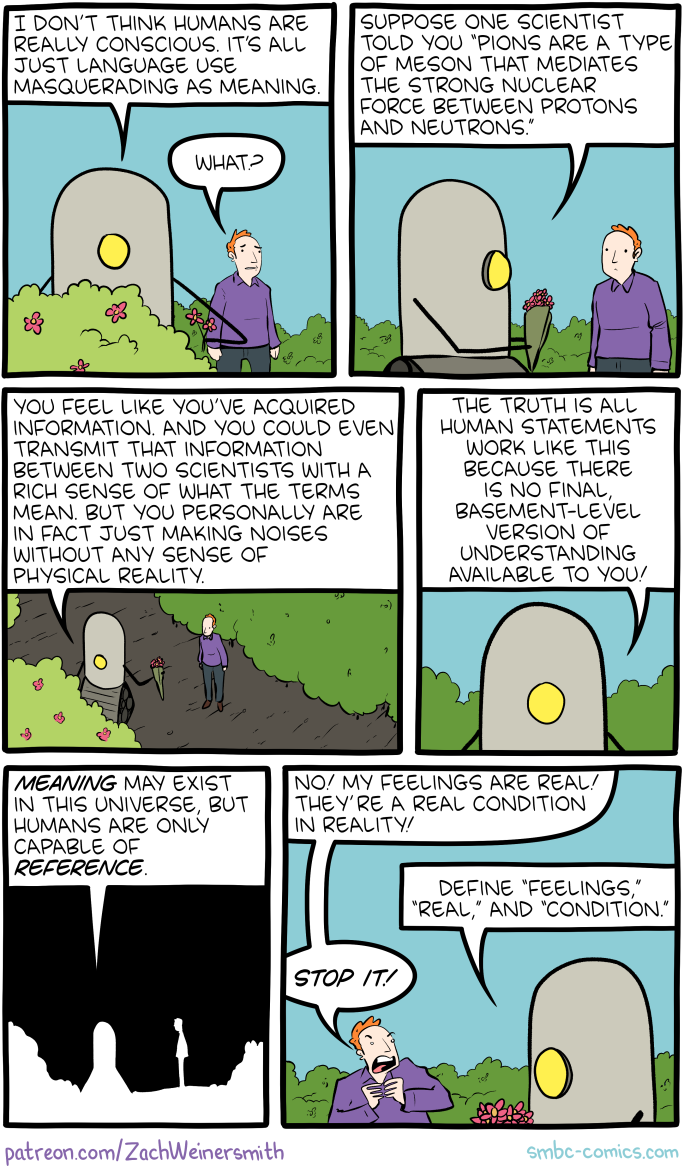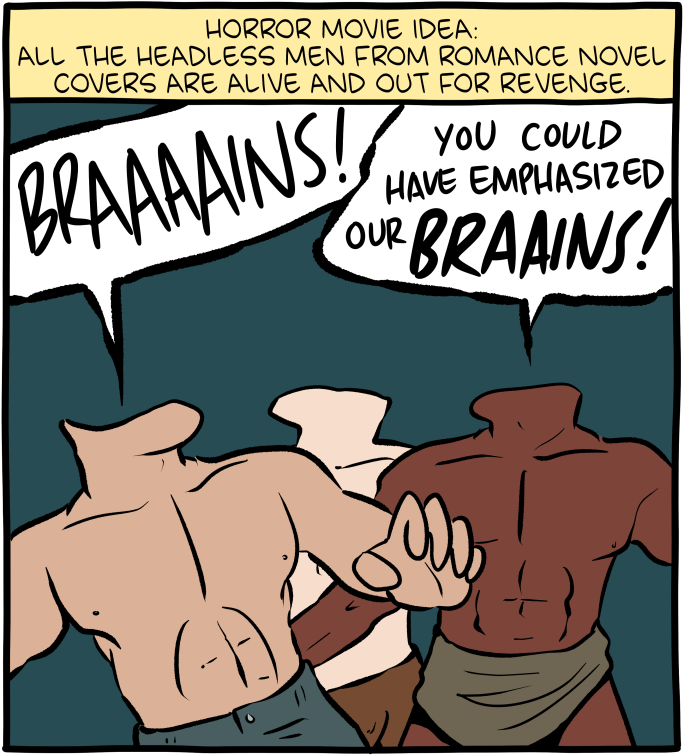
Click here to go see the bonus panel!
Hovertext:
Hoping I can get a duchy after the robot revolution.
Today's News:

Hovertext:
Hoping I can get a duchy after the robot revolution.

Hovertext:
However they're slow because many of them have no appendages.
To understand how duct tape is engineered, Bill dissolves the tape in solvent to reveals its three components — plastic backing, adhesive, and cloth reinforcement. He explains the function of each part, highlighting that the adhesive is a viscoelastic substance — a substance that can act like a liquid or a solid and it can behave elastically. It is these behaviors underlying the characteristic behavior of duct tape: adhere when light pressure is applied, hold tight, then let go when peeled from a surface.
*Video summary*
00:00 Titles/Introduction
Bill explains that duct tape was invented in the 1940s to seal ammunition boxes, but now is used to temporarily fix many things.
00:21 Duct tape on Apollo 13
Bill notes that duct tape was used to repair a carbon dioxide filter on the Apollo 13 Moon mission in 1970. The improved filter was needed because an explosion destroyed part of the life support system.
00:35 The basic functions of tape
Tape is designed to do three things: a) adhere with light pressure, b) stay in place, yet c) be removable.
00:53 Components of duct tape
By dissolving duct tape in the solvent toluene, Bill separates duct tape into its three components: plastic backing, adhesive, and cloth reinforcement.
01:32 Properties of Tape Adhesive
Bill contrasts the adhesives used in tape with glue to highlight the unique properties needed for tape adhesive. He shows that Elmer’s glue, a typical household adhesive, dries by evaporating solvent until it becomes solid. He notes that this would _not_ work for duct tape. Instead, tape’s adhesive never hardens because it must adhere when pressure is applied (rather than dry to adhere like Elmer’s glue), hold tight, then let go when the tape is peeled from a surface.
02:11 Tackifier
Bill explains that the stickiness of duct tape comes from a substance called a tackifier, which is a substance that is sticky like syrup. He demonstrates that a tackifier alone isn’t enough for tape: a tackifier can affix something lightweight, but fails with heavy loads. This is unlike duct tape, which can hold at least a 5 pound/2.3 kilogram weight.
02:46 Viscoelasticity
Bill notes that the adhesive for tape is a tackifier mixed with a viscoelastic substance. A viscoelastic substance is a substance that can be, depending on the rate at which it is deformed, liquid-like, solid-like, and which can exhibit elastic behavior. He demonstrates this with a familiar viscoelastic substance: Silly Putty. He shows Silly Putty flowing, fracturing, and bouncing — that is, behaving like a liquid, a solid, and exhibiting elastic behavior.
03:46 Close up of tape being applied
A close up of a piece of tape being applied to a glass surface illustrates how tape’s adhesive displays liquid-like and solid-like behavior. When applied it behaves like a liquid: light pressure causes the adhesive to flow and “wets” (i.e., spreads over) the surface, which allows it to stick to a surface. Once applies the adhesive behaves like a solid to support weight and keep the tape in place.
04:13 Cloth reinforcement
Bill mentions that the weight is held up by the cloth reinforcement. He examines close up the cloth reinforcement used in tape.
04:51 Close up of tape peeling
Bill shows that when tape peels off a surface it exhibits elastic behavior, although sometimes some of the tape’s adhesive can stick to the surface. This is cohesive failure. When this happens the adhesive is behaving like a solid.
06:22 Why gaffer’s tape doesn’t leave residue
Bill explains how gaffers tape and sticky notes peel off a surface without leaving residue.
07:07 Release coating
Bill describes the silicone-based release coating on tape’s plastic backing, which allows it to be formed into a useful roll. This adjusts how much tape sticks to itself. If it sticks too tightly, a user could not remove the tape from the roll; if too loose, then the tape would telescope — he demonstrates the latter with a defective roll of tape.
08:37 Tape adhesive developed by the engineering method
Bill explain briefly that while chemistry is important to synthesize the adhesives, their development is done by the engineering method. The engineering method is described in his book _The Things We Make_ (isbn 978-1728215754 hardcover / 978-1728280455 paper).
09:36 Rolling ball test
Bill demonstrates the rolling ball test to quantify the stickiness of a tape’s adhesive. This is one of many empirical methods used by engineers to engineer tape.
10:15 Where duct tape should not be used
Bill ends this video with a caution: Duct tape — surprisingly! — should never be used on ducts.
10:33 End Credits